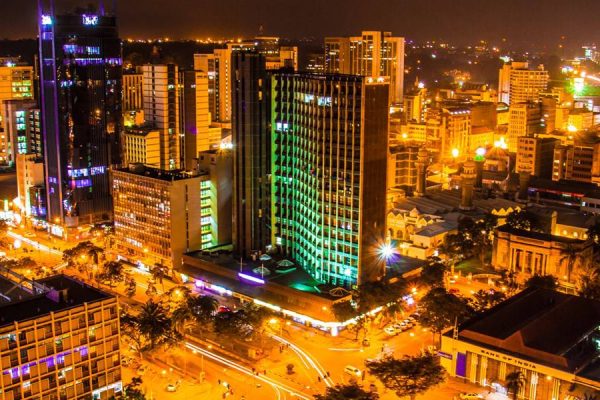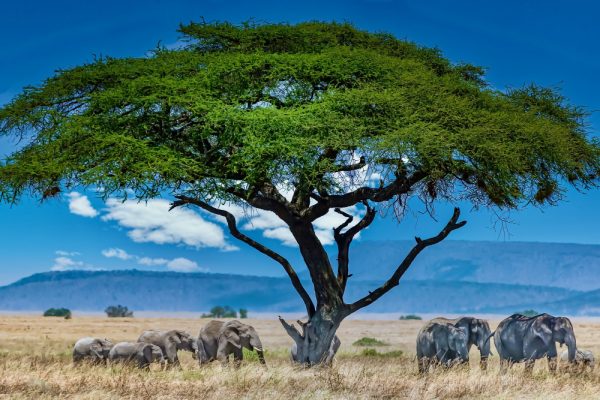
Unlocking Business Insights: Leveraging Data Lifecycle for Revenue Generation
In today’s data-driven world, companies are inundated with vast amounts of information from various sources. However, the true value lies not just in collecting data, but in effectively harnessing it to drive business decisions and revenue generation. This article explores the comprehensive data lifecycle – from collection to visualization – and how each stage plays a crucial role in empowering companies to make informed choices that lead to improved revenue generation. Data Collection: Gathering the Building BlocksAt the heart of any data-driven strategy lies the process of data collection. This initial stage involves gathering data from diverse sources, including customer interactions, market trends, sales figures, and operational metrics. The advent of digital technologies has significantly expanded the scope of data collection, with information being generated at an unprecedented pace and volume.For companies aiming to improve revenue generation, the key lies in collecting relevant and high-quality data that provides actionable insights. This may involve leveraging various tools and platforms such as customer relationship management (CRM) systems, point-of-sale (POS) terminals, website analytics, and social media monitoring tools. By capturing data at multiple touchpoints along the customer journey, companies can gain a holistic understanding of customer behavior, preferences, and pain points.Moreover, with the proliferation of Internet of Things (IoT) devices, data collection has extended beyond traditional sources to include sensor data from connected devices. This real-time data stream offers invaluable insights into product usage, performance, and maintenance requirements, enabling companies to optimize their offerings and enhance customer satisfaction. Data Cleaning: Refining the Raw MaterialOnce data is collected, it often requires cleaning and preprocessing to ensure accuracy, consistency, and completeness. Raw data may contain errors, duplicates, missing values, or inconsistencies that can skew analysis and hinder decision-making. Data cleaning involves various techniques such as deduplication, imputation, normalization, and outlier detection to rectify these issues and prepare the data for analysis.For companies seeking to leverage data for revenue generation, data cleaning is a critical step in ensuring the reliability and integrity of the insights derived from the data. By investing time and resources in data cleaning processes, companies can avoid making decisions based on flawed or misleading information, thus minimizing risks and maximizing opportunities.Furthermore, data cleaning also involves aligning data from disparate sources and formats, ensuring interoperability and consistency across the organization. This harmonization of data enables companies to perform more comprehensive analysis and derive insights that span multiple dimensions of their business operations. Data Analysis: Extracting Actionable InsightsWith clean and structured data at their disposal, companies can proceed to the stage of data analysis, where the focus shifts to extracting actionable insights that drive business decisions. Data analysis encompasses a wide range of techniques and methodologies, including descriptive, diagnostic, predictive, and prescriptive analytics, each offering unique perspectives on the data.For companies aiming to enhance revenue generation, data analysis serves as a powerful tool for identifying trends, patterns, and correlations hidden within the data. Descriptive analytics provides a snapshot of historical data, offering insights into past performance and trends. Diagnostic analytics delves deeper into understanding the root causes of observed phenomena, uncovering factors that contribute to success or failure.Predictive analytics leverages statistical models and machine learning algorithms to forecast future outcomes based on historical data patterns. By anticipating customer behavior, market trends, and business performance, companies can proactively adjust their strategies and tactics to capitalize on opportunities and mitigate risks.Prescriptive analytics takes data analysis a step further by not only predicting future outcomes but also recommending optimal courses of action to achieve desired objectives. By simulating various scenarios and evaluating the potential impact of different decisions, companies can make informed choices that maximize revenue generation and drive sustainable growth. Data Visualization: Communicating Insights EffectivelyThe final stage of the data lifecycle involves data visualization, where insights derived from data analysis are presented in a visual format that is easy to understand and interpret. Data visualization plays a crucial role in transforming complex datasets into actionable information that can be readily consumed by decision-makers across the organization.For companies focused on revenue generation, data visualization serves as a powerful tool for communicating key insights, trends, and opportunities to stakeholders. Whether it’s sales performance dashboards, customer segmentation charts, or market trend heatmaps, visual representations of data facilitate quicker comprehension and decision-making.Moreover, interactive and customizable visualization tools empower users to explore data from different perspectives, uncovering deeper insights and identifying untapped opportunities. By democratizing access to data and insights, companies foster a culture of data-driven decision-making across all levels of the organization, driving alignment and agility in pursuit of revenue generation goals. Conclusion: Empowering Revenue Generation through DataIn conclusion, the comprehensive data lifecycle – encompassing collection, cleaning, analysis, and visualization – serves as a blueprint for companies seeking to harness the power of data to drive revenue generation. By investing in robust data infrastructure, processes, and capabilities, companies can unlock actionable insights that inform strategic decisions, optimize operations, and enhance customer experiences.From understanding customer preferences and market dynamics to predicting future trends and prescribing optimal strategies, data-driven approaches offer unparalleled opportunities for companies to thrive in today’s competitive landscape. By embracing the data lifecycle as a strategic imperative, companies can position themselves for sustained success and growth in an increasingly digital and data-driven world.





